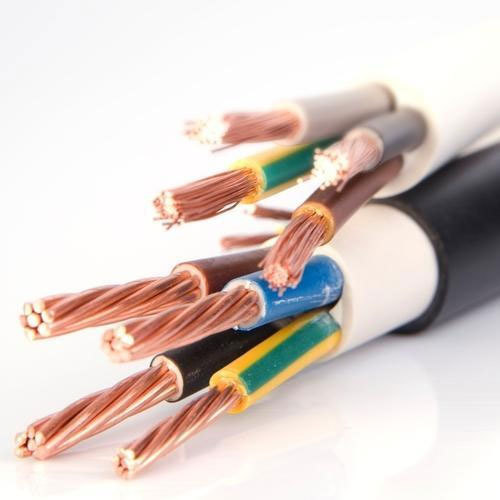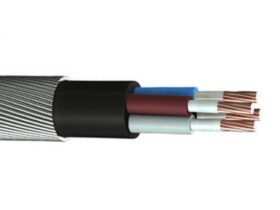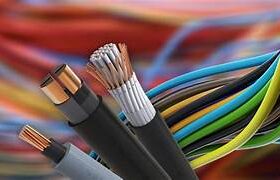Power cables and control cables are two types of electrical cables used in different applications. Here are the differences between power cables and control cables:
- Purpose: Power cables are used to transmit electrical power from one place to another. They are designed to handle high voltage and current, making them suitable for power transmission applications. Control cables, on the other hand, are used to transmit signals and control information between different components in an electrical system. They are designed to handle low voltage and current, making them suitable for control and instrumentation applications.
- Conductor: Power cables usually have a single or multiple conductors made of copper or aluminum, depending on the application. The conductor size is determined by the amount of power to be transmitted. Control cables, on the other hand, have a single or multiple conductors made of copper, with smaller diameters than power cables.
- Insulation: Power cables have thick insulation to handle the high voltage and current levels. The insulation is usually made of materials such as cross-linked polyethylene (XLPE) or ethylene propylene rubber (EPR). Control cables, on the other hand, have thinner insulation, which is usually made of materials such as polyvinyl chloride (PVC) or ethylene propylene rubber (EPR).
- Shielding: Power cables usually do not have any shielding, as the high voltage and current levels prevent electromagnetic interference. Control cables, on the other hand, have shielding to protect the signal from electromagnetic interference.
- Jacket: Power cables have a thick outer jacket to protect the insulation and conductors from physical damage and environmental factors such as moisture, oil, and sunlight. Control cables have a thinner outer jacket, which is designed to provide protection from physical damage and environmental factors.
In summary, power cables are used for power transmission applications and have thicker insulation and larger conductors, while control cables are used for control and instrumentation applications and have thinner insulation and smaller conductors. Power cables usually do not have shielding, while control cables have shielding to protect the signal from electromagnetic interference.











Leave a Reply